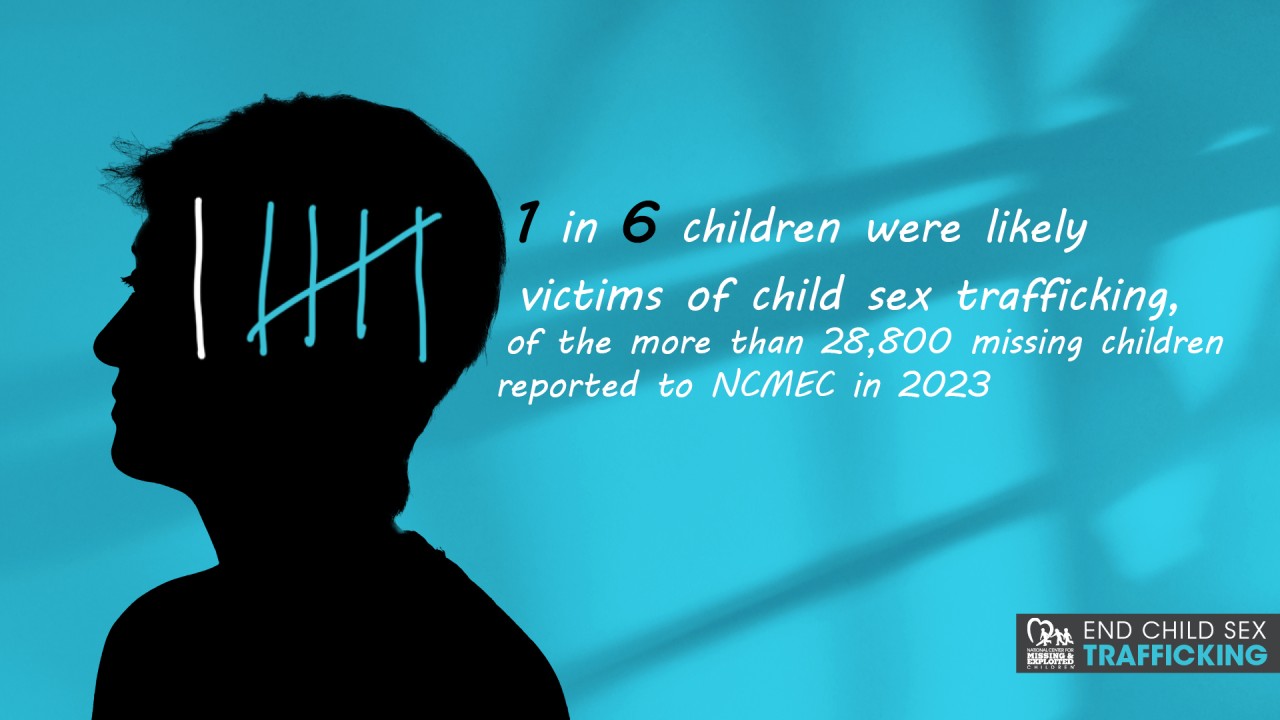
NGOCSTIP – Law Enforcement and Child Trafficking have become central issues in the fight against modern-day slavery. With the increase in trafficking cases worldwide, the role of law enforcement agencies has become crucial in preventing and combating this crime. Legal frameworks have been established to support law enforcement efforts. However, challenges remain in enforcing these laws effectively. This article explores the legal frameworks in place to combat child trafficking and examines the role of law enforcement in these efforts.
Child trafficking is a widespread issue that affects millions of children globally. Victims are often exploited for labor, sexual abuse, or illegal activities. Traffickers prey on vulnerable children, exploiting their innocence for profit. According to reports, children are particularly vulnerable due to their dependence on adults and limited ability to protect themselves. This alarming trend has led to a rise in the need for effective legal frameworks and law enforcement interventions.
Numerous international conventions and laws have been created to address child trafficking. One of the most significant legal frameworks is the United Nations Protocol to Prevent, Suppress, and Punish Trafficking in Persons. This protocol, known as the Palermo Protocol, outlines guidelines for the prevention, prosecution, and protection of trafficking victims, particularly children. Countries that sign the protocol are expected to adopt domestic laws in line with international standards.
In addition to international treaties, many countries have developed their own laws to address child trafficking. For example, the Trafficking Victims Protection Act (TVPA) in the United States provides a comprehensive legal framework for the prosecution of traffickers and the protection of victims. The Council of Europe Convention on Action Against Trafficking in Human Beings also offers a strong legal basis for combating trafficking across Europe.
Despite these legal instruments, the implementation of laws varies across different regions. Some countries face challenges in strengthening their legal frameworks or in the enforcement of anti-trafficking laws. These gaps hinder the fight against child trafficking and demand stronger action from law enforcement agencies.
Law enforcement plays an essential role in combating child trafficking. Police officers, investigators, and other law enforcement personnel are at the forefront of identifying and rescuing trafficking victims. They gather intelligence, conduct undercover operations, and arrest traffickers. However, combating trafficking requires more than just arrests. Law enforcement must also work closely with other agencies, including social services, non-governmental organizations, and international bodies.
Training law enforcement personnel is a critical aspect of their role in fighting trafficking. Officers need to be educated on the signs of trafficking and how to interact with victims. Many trafficking victims are too frightened to speak or do not identify as victims. As such, officers must be trained to approach these situations with sensitivity and expertise.
Despite the legal frameworks and the efforts of law enforcement, numerous challenges hinder the success of anti-trafficking efforts. One major issue is the lack of resources available to law enforcement agencies. Many countries struggle with inadequate funding, staff shortages, and insufficient equipment to conduct investigations. Traffickers often operate in secretive, organized networks that are difficult to infiltrate. This makes it difficult for law enforcement to dismantle trafficking rings.
Moreover, international cooperation is essential in tackling child trafficking. Since trafficking often involves crossing borders, law enforcement agencies must collaborate with their counterparts in other countries. Unfortunately, different laws and priorities can complicate cross-border cooperation. This is particularly true in regions with limited resources or conflicting political interests.
Additionally, law enforcement faces challenges in ensuring the protection of trafficking victims. Many trafficked children fear returning to their families or are threatened by traffickers. Law enforcement must work with social services to provide victims with the care and protection they need.
Prevention is another important aspect of law enforcement’s role in combating child trafficking. Educating the public about the dangers of trafficking can help reduce the vulnerability of children. Community outreach programs, public service campaigns, and school initiatives can raise awareness and provide parents and children with the knowledge to recognize trafficking risks.
Law enforcement agencies also work with schools and other institutions to educate children about the dangers of human trafficking. Prevention programs can help children understand how traffickers operate and teach them how to protect themselves. By engaging in public education, law enforcement can help prevent trafficking before it starts.
In addition to working with international organizations, law enforcement collaborates with various stakeholders to combat child trafficking. Non-governmental organizations (NGOs) and advocacy groups play a significant role in victim assistance and support. These organizations often provide resources, safe housing, and counseling to trafficking victims.
International agencies such as Interpol and Europol help facilitate cooperation between law enforcement agencies across borders. These agencies provide critical intelligence and assist in the coordination of international efforts to combat trafficking.
The private sector also plays a role in preventing trafficking. Technology companies, for example, are working with law enforcement to prevent the online exploitation of children. Internet platforms and social media companies are implementing measures to detect and report human trafficking activities online.